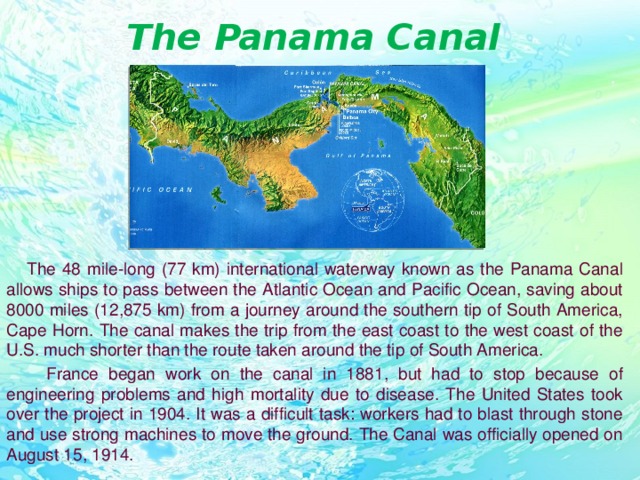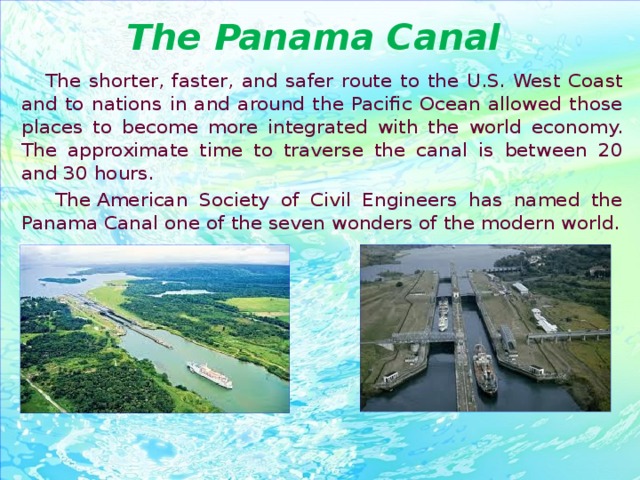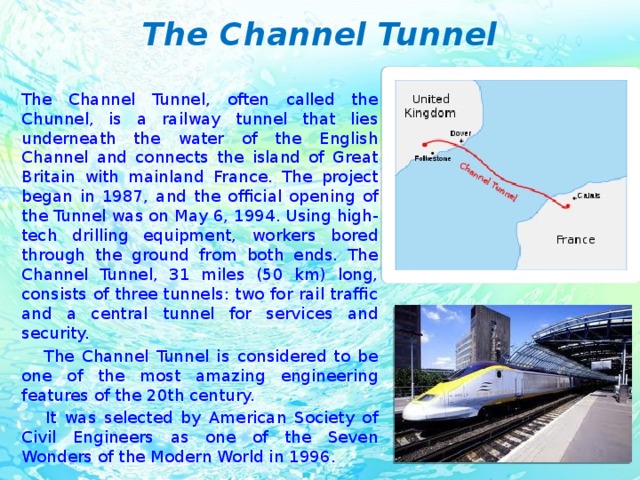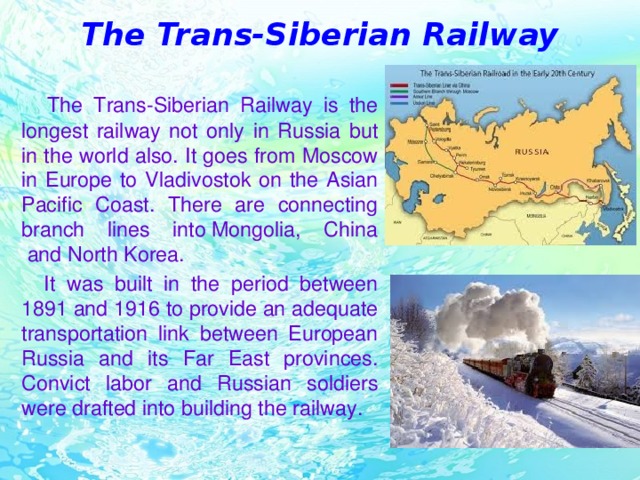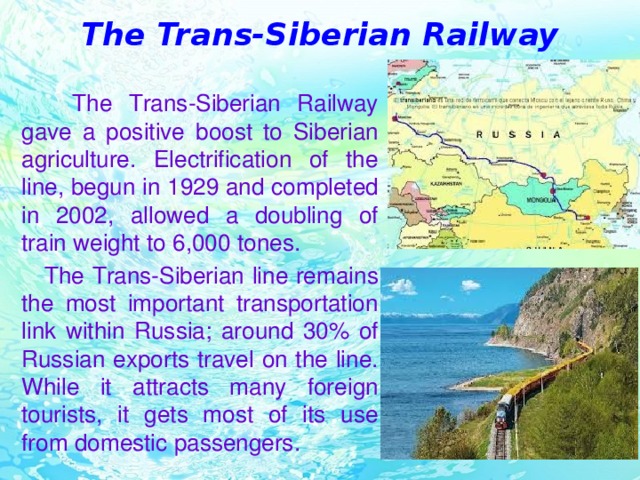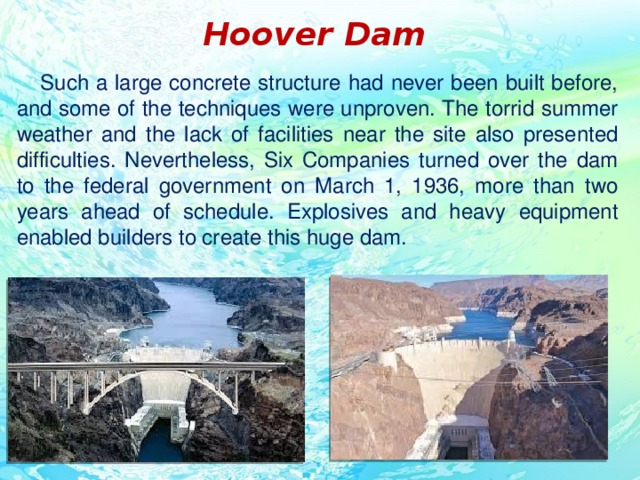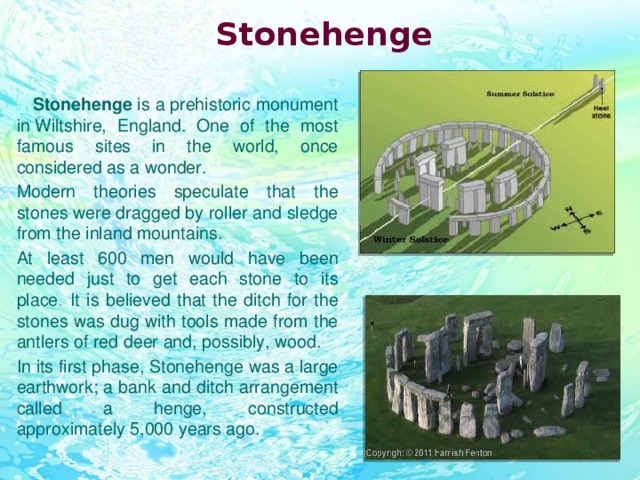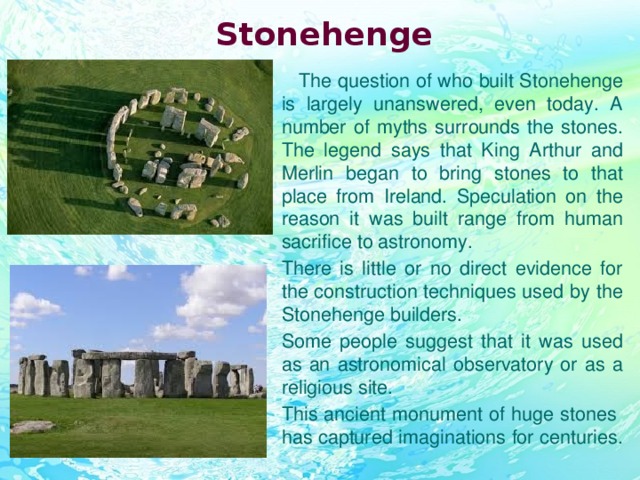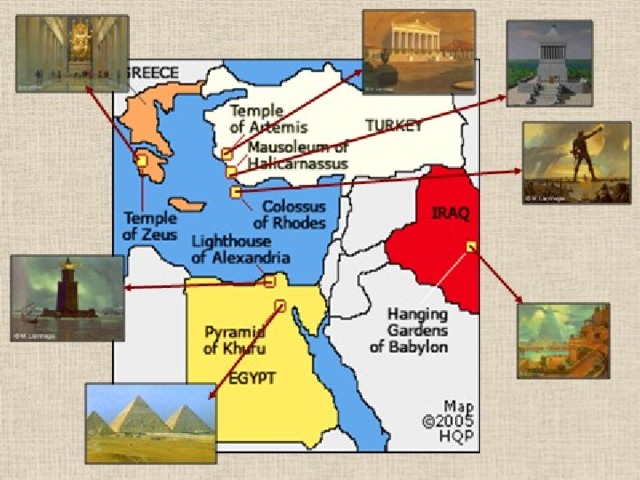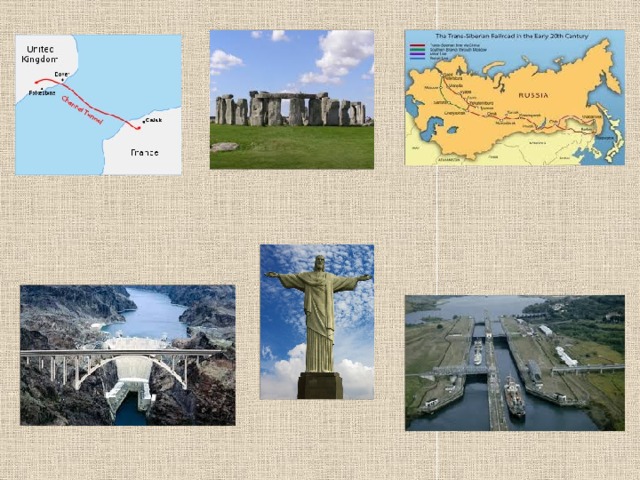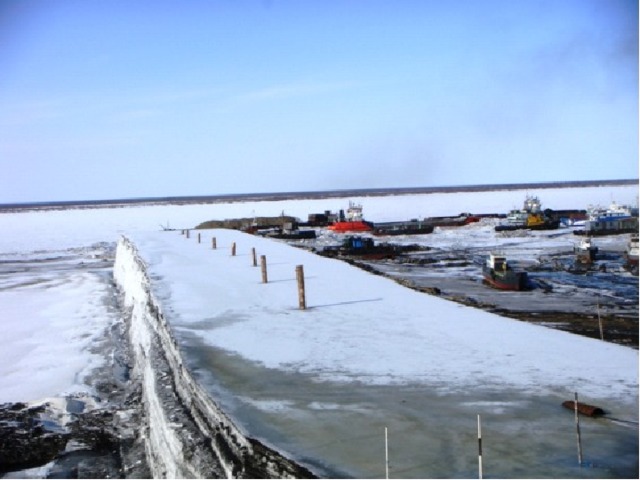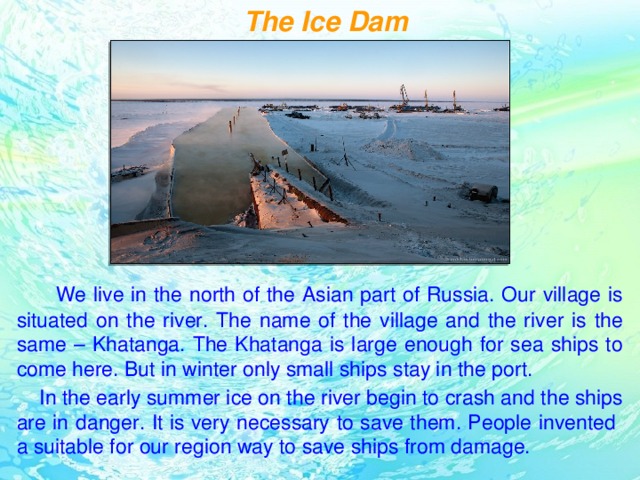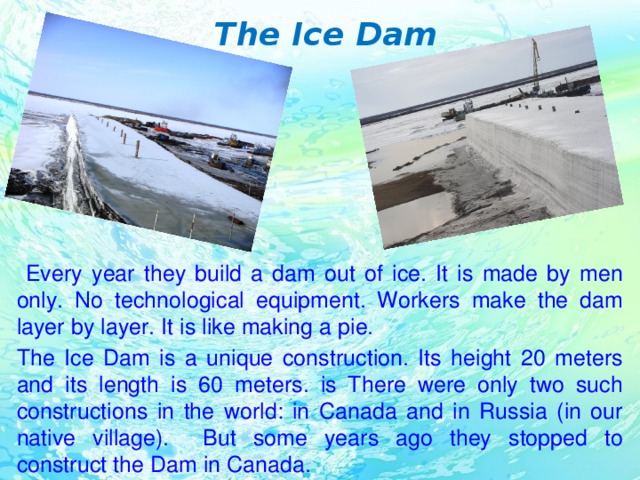Разработка открытого урока в 10 классе по УМК Биболетовой. Представлен развернутый план-конспект урока. Прилагаются сопутствующие материалы для продуктивного проведения урока: слова для взаимотренажа, таблица, которую учащиеся заполняют в ходе работы, оценочная карта, в которую учащиеся заносят свои результаты работы на уроке. Две презентации делают урок красочным, повышают заинтересованность учащихся, стимулируют возможность приобретения новых знаний.
Создайте Ваш сайт учителя Видеоуроки Олимпиады Вебинары для учителей
Разработка урока в 10 классе по теме "Чудеса света"
Вы уже знаете о суперспособностях современного учителя?
Тратить минимум сил на подготовку и проведение уроков.
Быстро и объективно проверять знания учащихся.
Сделать изучение нового материала максимально понятным.
Избавить себя от подбора заданий и их проверки после уроков.
Наладить дисциплину на своих уроках.
Получить возможность работать творчески.
Просмотр содержимого документа
«оценочная карта »
Просмотр содержимого документа
«план-конспект урока »
Просмотр содержимого документа
«слова )»
Просмотр содержимого документа
«таблица для урока чудеса »
Просмотр содержимого презентации
«man-made wonders »
Просмотр содержимого презентации
«Презентация к началу и окончанию урока »
Похожие файлы
Полезное для учителя
Распродажа видеоуроков!
2160 руб.
3080 руб.
1860 руб.
2660 руб.
1880 руб.
2690 руб.
1880 руб.
2690 руб.
ПОЛУЧИТЕ СВИДЕТЕЛЬСТВО МГНОВЕННО
* Свидетельство о публикации выдается БЕСПЛАТНО, СРАЗУ же после добавления Вами Вашей работы на сайт
Удобный поиск материалов для учителей
Проверка свидетельства
